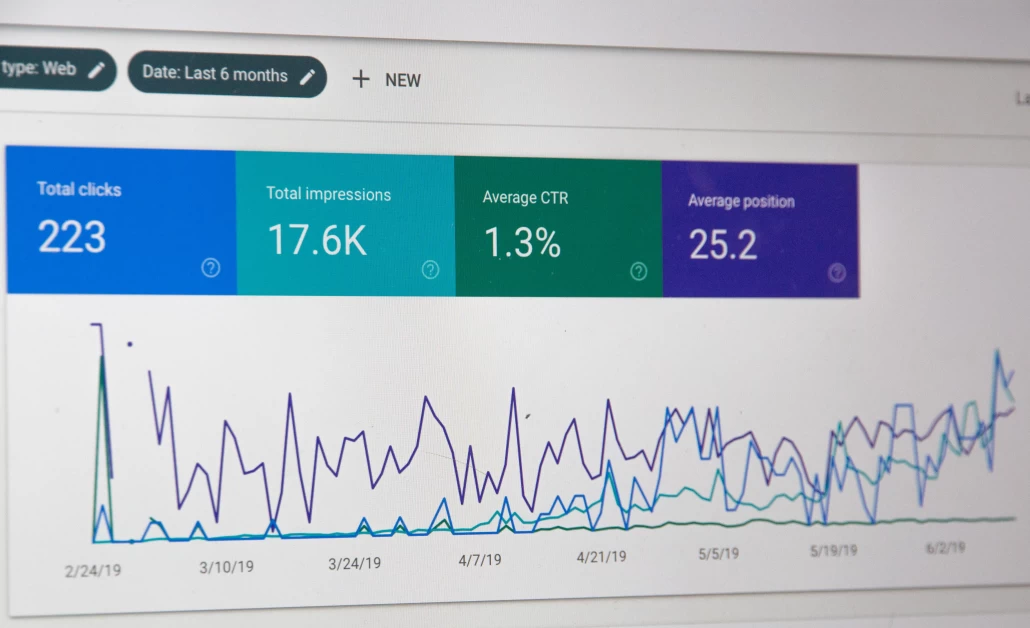Lead generation is a crucial aspect of any business’s success. In today’s competitive market, businesses dedicate significant resources to lead generation as it helps boost sales and increase ROI. However, it’s important to focus on quality leads rather than quantity. Lead generation involves attracting potential customers and converting them into qualified leads that are likely to make a purchase.
The lead generation process involves several stages. It starts with planning and research, where businesses conduct market research, analyze competitors, and create an ideal customer profile. Lead capture is the next stage, where businesses collect the contact information of potential leads through various methods such as web forms, landing pages, and chatbots. Lead qualification involves assessing leads’ interest, needs, and purchasing intent to prioritize high-quality leads. Lead nurturing involves engaging with leads and providing them with relevant content to build trust and establish a relationship. The conversion stage involves turning leads into paying customers through various sales strategies. After the conversion, businesses focus on retaining customers and encouraging repeat purchases. Throughout the process, businesses need to track and analyze their efforts to make data-driven decisions.
There are two main types of lead generation strategies: inbound and outbound. Inbound lead generation focuses on attracting potential customers through valuable content and engaging experiences. Outbound lead generation involves actively reaching out to potential customers to generate leads.
To successfully generate leads, businesses need to implement effective lead generation strategies. Some popular techniques include content marketing, search engine optimization (SEO), social media marketing, email marketing, and paid advertising. Businesses can also utilize lead magnets, referral programs, webinars, and events.
Leads can be generated from various sources such as website traffic, social media channels, affiliate marketing, email marketing, referrals, paid advertising, and lead generation tools. Tools like Apptivo, Driftrock, Unbounce, Intercom, and Turnstile can help streamline the lead generation process and make it more efficient.
To optimize lead generation efforts, businesses should define their goals, identify their target audience, engage with leads, provide valuable content, optimize landing pages, capture lead information, implement lead scoring, utilize CRM integration, monitor metrics, and continuously improve their strategies.
In conclusion, lead generation is a critical process for businesses as it helps attract potential customers and convert them into paying clients. By implementing effective strategies, utilizing the right tools, and following best practices, businesses can enhance their lead generation efforts and increase their chances of success.










